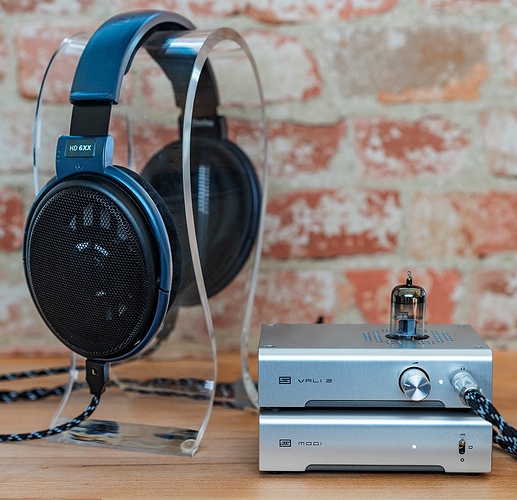I can certainly understand that. Mom did Leyenda/Asturias as a recital piece. It’s extremely well known, and there are many fine recordings. In my earlier links, I pointed to a few YouTubes where that was the title piece.
The reason I come back to Sor for my headphone comments however, is not just that I know them, but that the studies in particular provide a very specific path to mastery of different techniques. It’s like Bach’s 2 part inventions in some ways.
Anyway, I can usually find a nice recording, and then listen for specific things, which help me evaluate how a headphone may render at least a somewhat known quantity.
If I try to do that with Leyenda, I will get very caught up in the music, the guitarist’s interpretation, and the overall scope of the magnificent thing.*
On the other subject - which DAC/AMP, @Torq made an excellent suggestion, and @generic made some other recommendations.
When I went to buy my 3rd (latest tech, more power) DAC, I went for the iFi xDSD. One of the factors - for me - was that I wanted to have MQA capability. When I am able to motivate my ass to write a review (Where do you think my best comments come from?) I like to be able to listen to high resolution files, and I also like to be able to say that I’ve compared using MQA simply because its a known “thing”. I should clearly point out that I have not been able to really hear an appreciable difference between a good high res flac and an MQA encoding - seems like a distinction without a difference in many cases.
I realize the xDSD is $399 new retail. @Torq suggested the iFi Nano iDSD Black Label, which also handles MQA and goes for $199.
*Listening to Leyenda on classical guitar is only a bit unlike settling down with Bo Derek to listen to Bolero.

